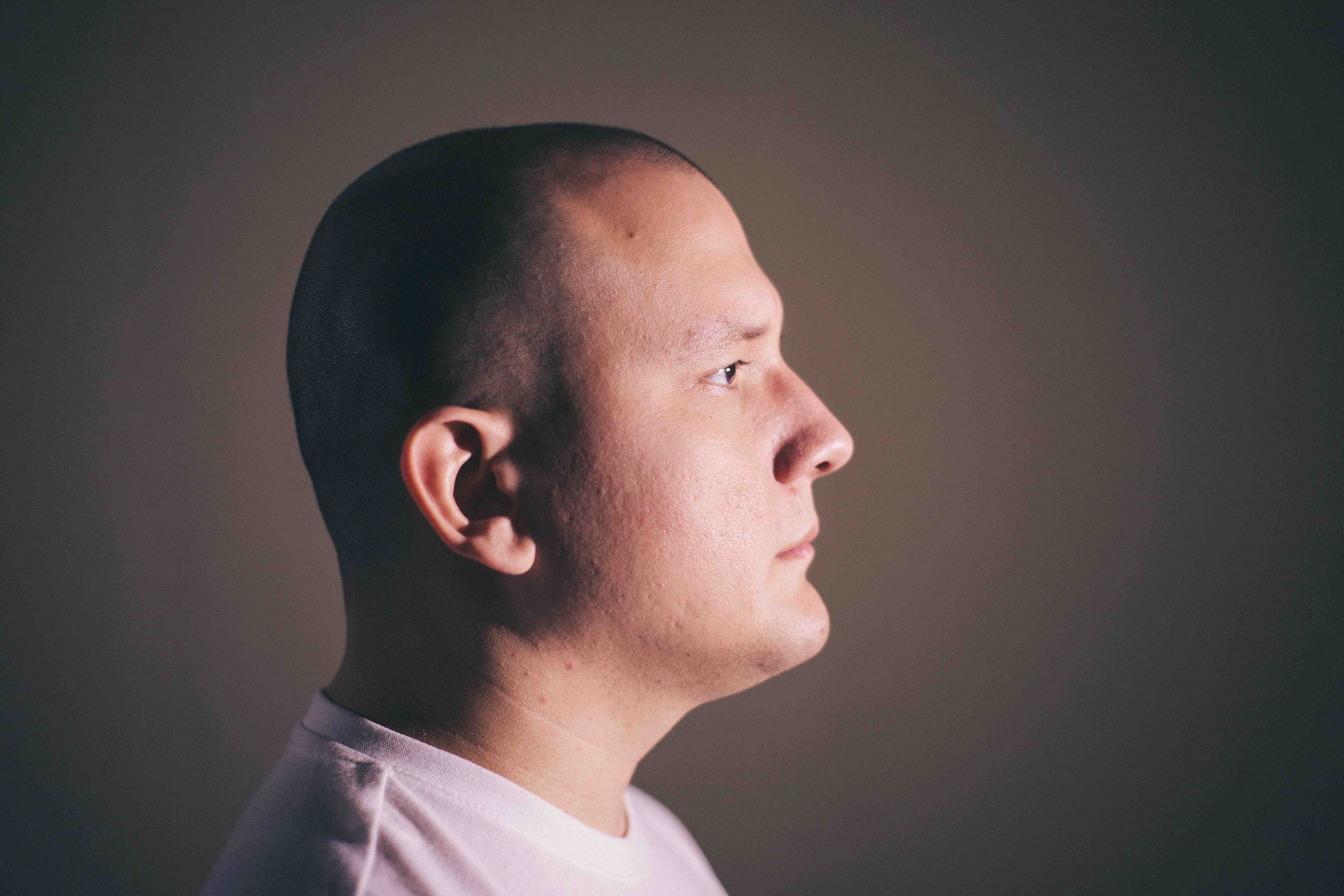
The head is made up of different bones that form what is known as the skull. Their names are relatively similar and this can cause doubts and confusion regarding what are the parts of the head. Therefore, below we explain how to easily differentiate the different regions of our head.
In addition, if we are thinking of having a hair graft, it is advisable to have the different parts of the head well identified, since we will hear a lot about some of them in this context.
The skull is made up of a multi-bone structure. However, we can identify the top 10 whose function is to protect the central nervous system.
Despite what you might think, the bones of the nose and mouth are also part of the skull. Therefore, when talking about the parts of the head, reference is also made to the bones located in the face such as the jaw or the nasal bone.
The frontal bone is one of the largest parts of the head. This region is located, as its name indicates, on the forehead; although it begins in the upper area of the eyes and extends to the anterior third of the skull.
It is in this area of the head where the androgenic alopecia with the appearance of the well-known entrances.
The parietal is the continuation of the frontal bone that extends almost to the nape of the neck. That is, the parietal bone is located at the top of the skull.
When hair loss causes the crown to begin to lighten, we would be located right in the center of the parietal bone.
The temporal bones are located on the sides of the head, below the ears, and serve as a link between the parietal and occipital bones.
In this area, androgenic alopecia does not usually have a relevant impact. However, depending on the type of alopecia Hairless areas may or may not appear on the temples.
Among the different parts of the head, the occipital bone is the one that is closest to the nape of the neck. Its main function, in addition to forming the cranial structure, is to join the head with the spine.
When they mention the donor area in a capillary graft, they are referring, precisely, to the occipital. It is in this area where the follicular units are extracted, which are subsequently implanted in the area affected by baldness.
The sphenoid is one of the smallest parts of the head. It is a bone that joins three parts of the skull: the temporal, the frontal and the face.
The zygomatic is located next to the sphenoid bone and also serves as a union between the different parts. Specifically, it joins the frontal bone with the face.
The tear duct is located behind the eyes, in the sockets. It is given this name due to its location, since it is located right where the lacrimal glands are located.
As its name suggests, the nasal bone is located in the nose. This unites the front part with the maxilla.
The maxilla serves as a closure to the front of the head. In this way, the maxilla extends from the top of the mouth to the beginning of the frontal.
The jaw is one of the easiest parts of the head to identify. It is located in the lower part of the mouth and extends towards the temples. It is the bone located in the face that allows mobility in the mouth.
Depending on the degree of alopecia of the patient, according to the Hamilton-Norwood scale in men or Ludwig scale in women, some or other parts of the head are intervened.
In a capillary graft, two different areas are usually identified: the donor area and the recipient area. The donor area is understood as the area from which the follicular units are extracted and subsequently implanted in the area affected by alopecia. On the other hand, the receiving area refers to that area affected by baldness where the extracted follicles are implanted.
The recipient area in a capillary graft varies depending on the progress of alopecia. However, the parts of the head where the follicles are most commonly grafted are the frontal and parietal.
The donor area in a capillary graft is usually always the same: the lower part of the parietal bone, the entire occipital bone and lateral parts of the temporal bone. The follicular units that are extracted from this area are not affected by alopecia, so they will not fall when they are implanted in the areas to be covered.

En Hospital Capilar We are experts in medicine and hair surgery. We have an expert medical team in our clinics located in Madrid, Murcia and Pontevedra. Thinking of getting a hair graft? Put yourself in the best hands! Request your first diagnosis at no cost.
Sanitary Reg. No. Pontevedra: C-36-003121 Sanitary Reg. No. Madrid: C517593 Sanitary Reg. No. Murcia: 30800014


Copyright © 2021 - Legal Notice and Privacy Policy - Cookies policy